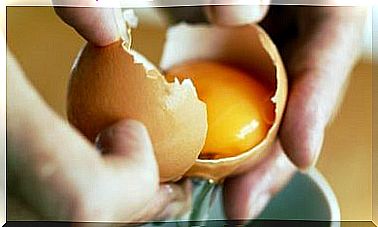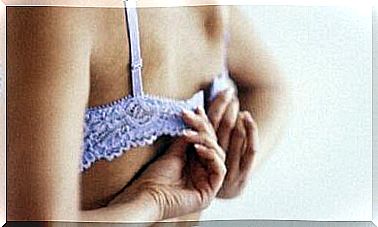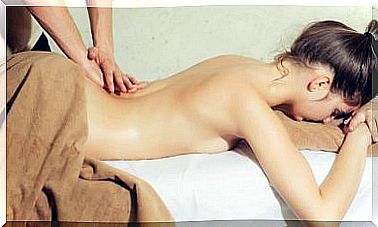Heel Spur; Symptoms And Treatment Options
The pain is usually stronger in the morning with the first movements. Various movement and stretching exercises can help improve range of motion and reduce pain.
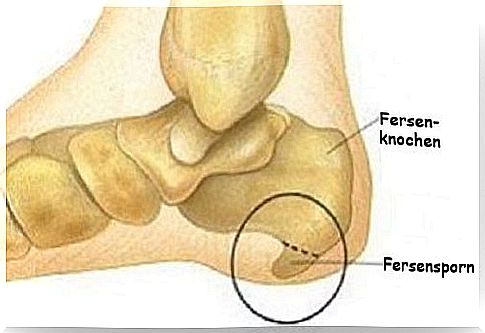
This deformed bone in the heel is a common ailment. The heel spur is painful and interferes with performing everyday activities.
Patience is required here as well as the right treatment in order to achieve complete healing. You can learn more about it in this post.
How does a heel spur come about?
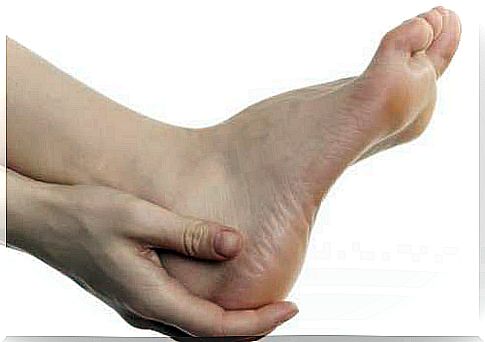
Orthopedic surgeons point out that statistically every fourth person will develop a calcaneal spur at some point in their life . So the risk of suffering from it is relatively great. But why is this bony outgrowth on the heel?
Mostly it is a sign of old age, but young people who stand frequently and for long periods of time can also get it. Obesity also increases the risk of heel spurs.
People whose Achilles tendon is not very elastic are also at risk. Depending on the anatomy and characteristics of the feet, the risk of heel spurs is increased or not.
Which symptoms are characteristic?
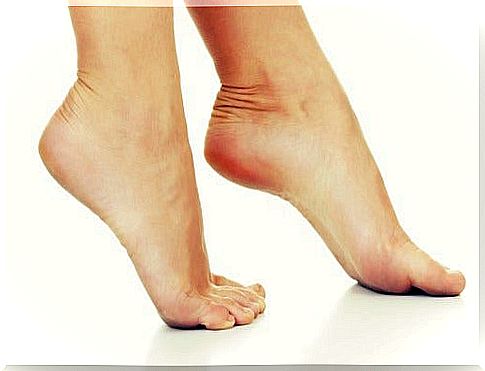
- In particular, sharp pain occurs in the affected area, which increases with greater stress.
- The pain is usually more severe in the morning, especially the first time you step on the heel. After the long period of rest, the first step is usually painful.
- The pain occurs at a certain point on the heel, it can be easily localized.
- Due to the pressure exerted by the shoes on the bony growth, the affected area is usually reddened and inflamed. This leads to perceived pain.
Exercises to treat heel spurs
In addition to the treatment recommended by your doctor or orthopedic surgeon, it is helpful to do the following exercises. These can provide excellent support in the treatment of the calcaneal spur, but must be handled carefully to avoid overloading.
1. Exercise with towel on the floor
This exercise is very simple: sit on a chair or sofa so as not to lose your balance. Then put a towel on the floor and try to grab it with your toes.
This simple movement helps regain mobility and get rid of the heel spur. This exercise is recommended three times a day.
2. Small stretching exercises
As you can see in the picture, you can support yourself on the edge of a staircase and move your feet as if you were pushing them away. One leg remains bent, the other is stretched in the heel area.
Do this exercise gently but tirelessly for at least 5 minutes twice a day.
3. Roll the water bottle
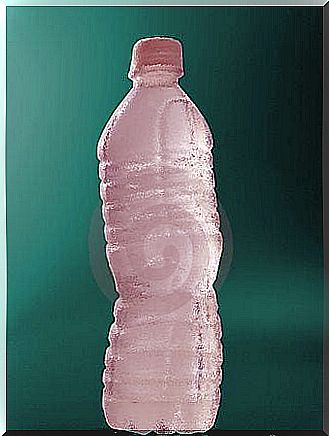
This exercise is also easy and has a relaxing effect: fill a bottle with water and then put it in the freezer for a while. Once frozen, the bottle is placed on a towel on the floor. Place the foot with the heel spur on it and roll the bottle with it.
This rolling motion should be carried out for at least 5 minutes. Exercise with the bottle three times a day.
These exercises help to stretch the affected area easily and are also very effective. At night , a special splint and bandage can help treat the heel spur. These are available in every pharmacy.
Improvement will be noticeable over time, but surgery is often unavoidable. Patience and care as well as medical attention are required.

